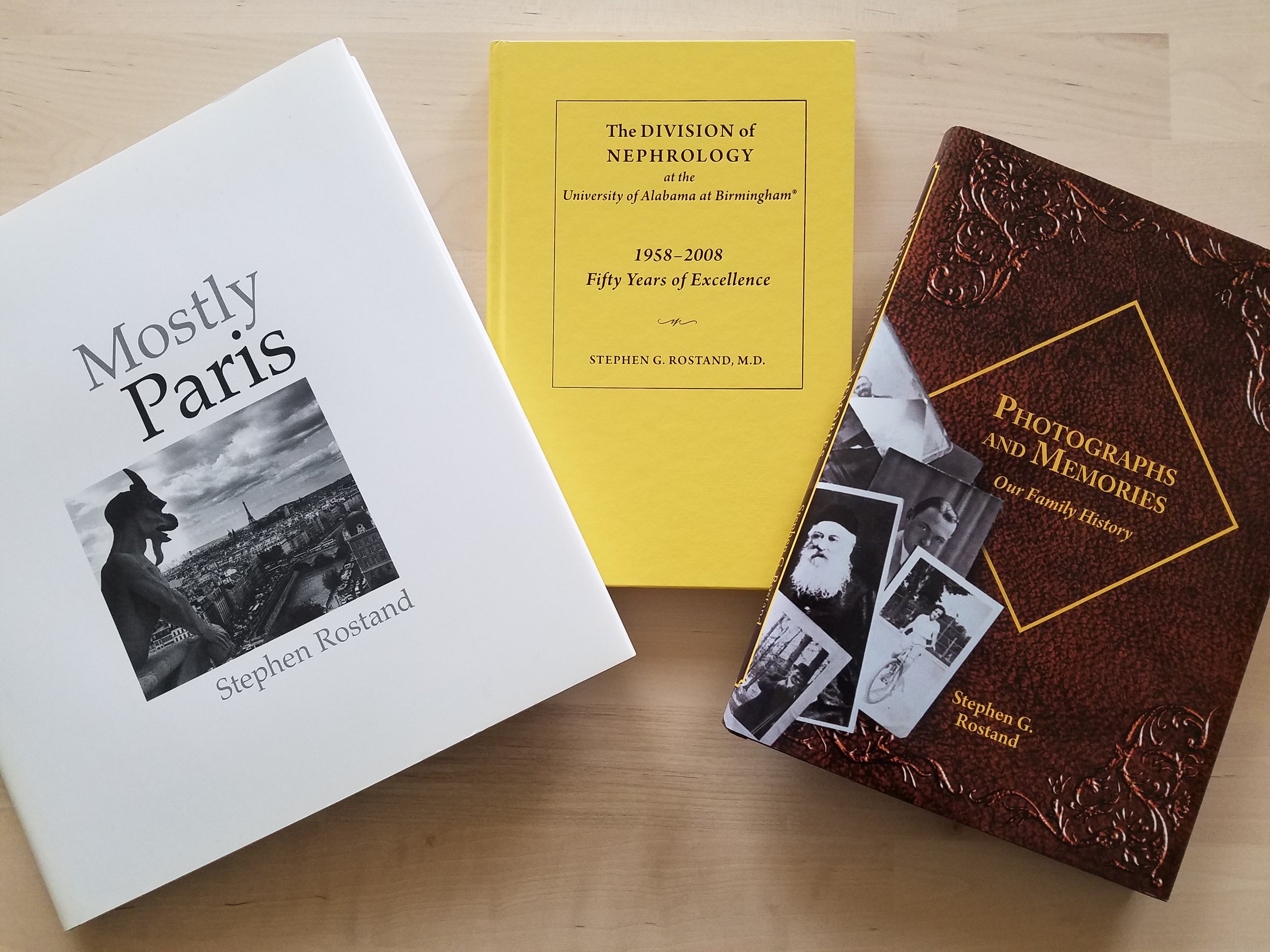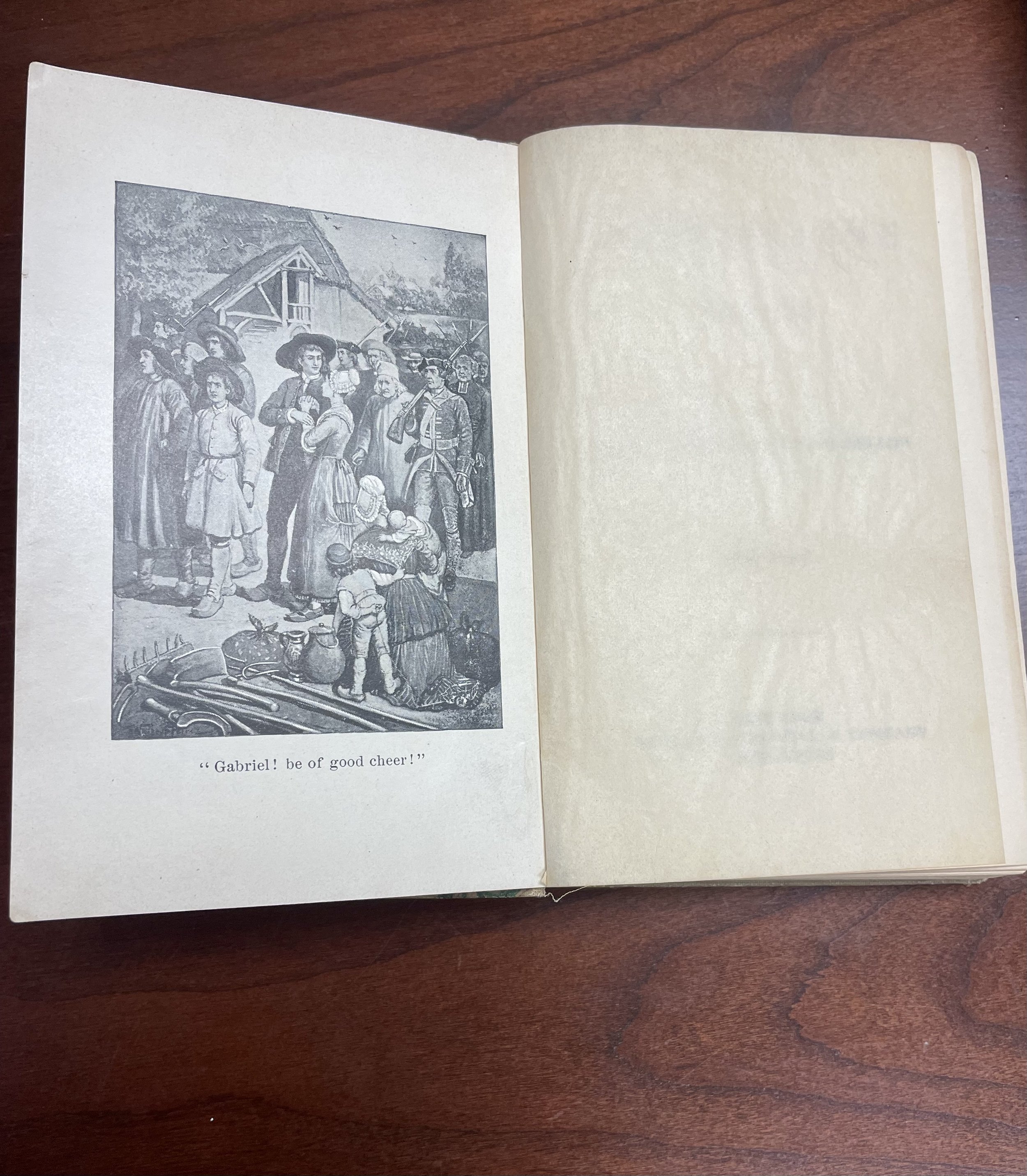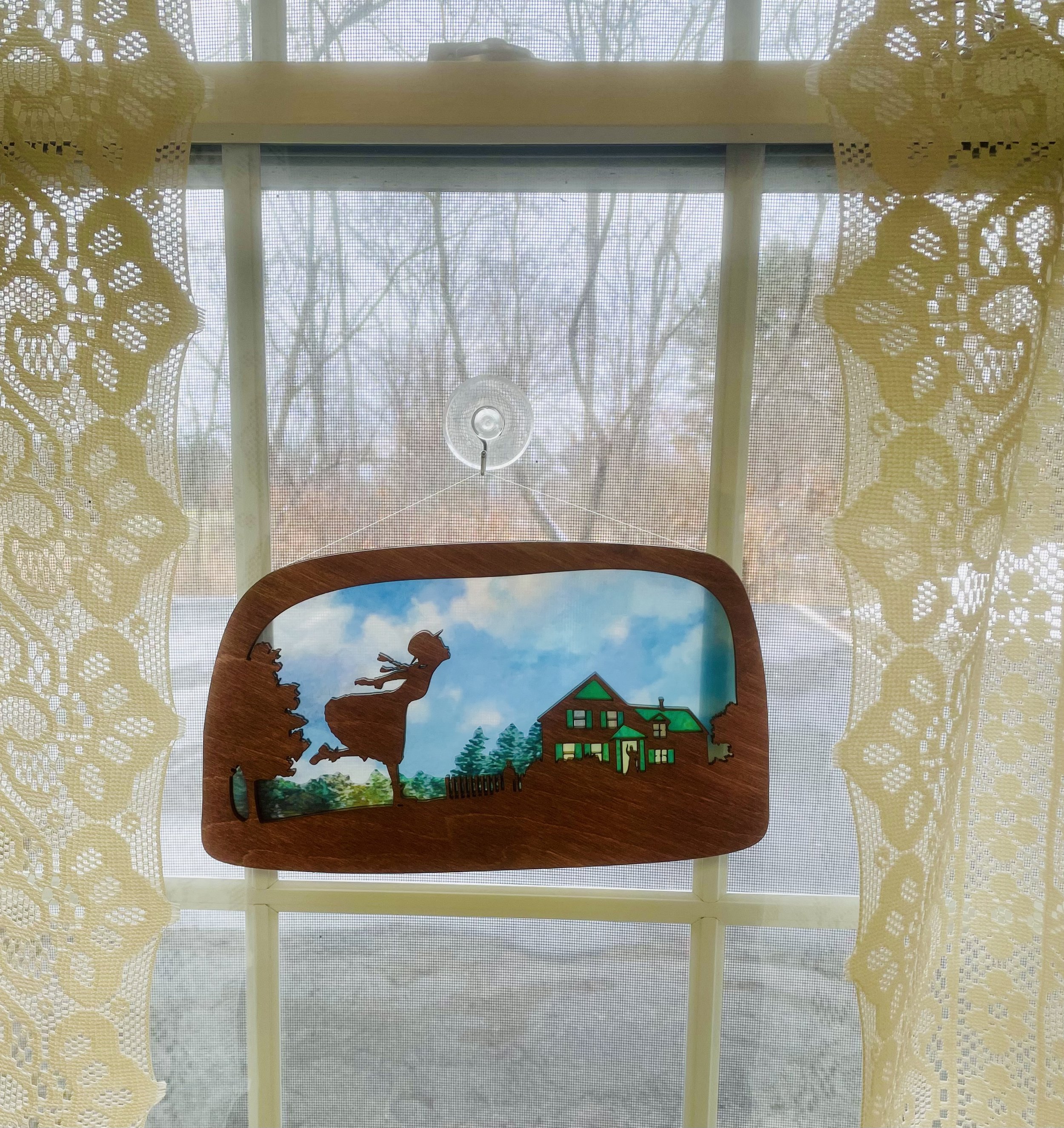A connected Fred Sonnenberg, listed in the 1900 U.S. census with his wife and five of their six children (one of whom is also named Fred) in LeRay, Blue Earth County, Minnesota. Source: Ancestry.com
When I first started studying my family history, I was determined to research and write about my ancestors (especially the women) as individuals, instead of focusing on who they were in relationship to others. Rather than thinking about people as someone else’s spouse or parent, I wanted to consider them on their own merits, to find out as much as I could about each person’s own feelings and ideas, struggles and accomplishments.
Unfortunately, I soon learned that focusing on individuals while conducting genealogical research can lead to mistakes. A source or document might list only the name we are researching, and no other people who are readily associated with our research subject; because of that, we can’t be sure, without additional analysis, that the individual named in that source or document is the one we are researching—that he or she is our he or she. Of course, an individual’s name, birthdate, birthplace, residence, and occupation take us a long way toward identifying that person. But genealogical research is (obviously!) firmly rooted in relationships. With some records, we need to confirm the identity of an individual through connections with other people: parents, siblings, spouses, children, extended family members, friends, associates, and neighbors.
The shorthand quip I’ve devised to remind myself of this key lesson is: Watch out for loose Freds!
One of my paternal great-great-grandparents was Friedrich “Fred” Sonnenberg. As I began to research him, I knew very little about his life. But according to a family tree drawn by my paternal grandmother, he had married a woman named “Pauline Silkey.” I knew that any documents I found that listed the two of them together would be connected to the “right” Fred Sonnenberg.
I soon came across a cemetery record and obituary that said that Fred, who was born in Posen, Prussia in 1850, “came to this country when a young man and settled in Minnesota.” In 1879, he married “Paulina Silke” near Smith’s Mill, and together, they raised a family of six children on a farm in LeRay Township.
Most of the documents I found in initial internet searches—marriage, birth, death, and census records—listed Pauline and their children and were clearly associated with my Fred Sonnenberg. I quickly made printouts of those findings and put them in my binder.
But then there were other documents associated with the vague “came to this country when a young man” phase of his life, and they were problematic. According to the 1900 and 1910 U.S. censuses, Fred came to the United States in 1872. When I searched passenger lists with that year of arrival, I found one “Fred Sonnenby” from Germany, born about 1850, traveling from Liverpool, England to Boston, Massachusetts. But he was apparently traveling alone, and there was no other information to confirm whether he was my Fred.
Similarly, I found a “Fredrick Sonnenberg” listed in the 1875 Minnesota census, as well as variously spelled Frederick Sonnenbergs listed in several early Minnesota city directories. But in these records, his name was not listed in association with anyone else to confirm his identity. It appeared that Fred Sonnenberg was not an unusual name, and the ones who were listed alone could not be immediately confirmed as correct. I put these printouts in a pile labeled “Loose Freds.”
It’s not that I could never confirm whether any of these Freds were my Fred; it’s just that I couldn’t confirm them right away. Loose Freds require caution. They require analysis of other evidence and the formulation of an argument that explains a conclusion. I’ve made mistakes when I have found someone by name only and assumed they were mine. And I’ve seen others include documents on online family trees that I too might have thought belonged with that person, but later figured out were not.
For example, a client had an ancestor named William Rooney. We knew that this ancestor was born in Wisconsin in 1861, but we didn’t know who his parents were. In the 1880 U.S. census, two William Rooneys who were five years apart in age were found living in the household of a Patrick and Mary Rooney. One William was listed as a son, and the other was listed as a boarder. On the online family tree we were reviewing for clues, we found this census attached to a person who appeared to be “our” William Rooney, and it was attached as evidence that Patrick and Mary were his parents. However, the calculated birth year of the William listed as the son didn’t match the birth year of the William we were researching, and the calculated birth year of the William listed as the boarder did. The person who attached this census to “our” William didn’t realize that it was William the boarder and not William the son who was “our” William. In this case, William the boarder was a loose Fred, found in a family that was not his own (though Patrick and Mary may have been his uncle and aunt.)
When a record turns up in an online search results list, we are often anxious to add it to our collection of evidence. But it’s important to know that some documents end up on “suggested records” results lists simply because other people have attached them to online family trees—and other people can make mistakes. Finding a person in name only is sometimes not enough. Before jumping to conclusions, return to relationships and connect those loose Freds!












